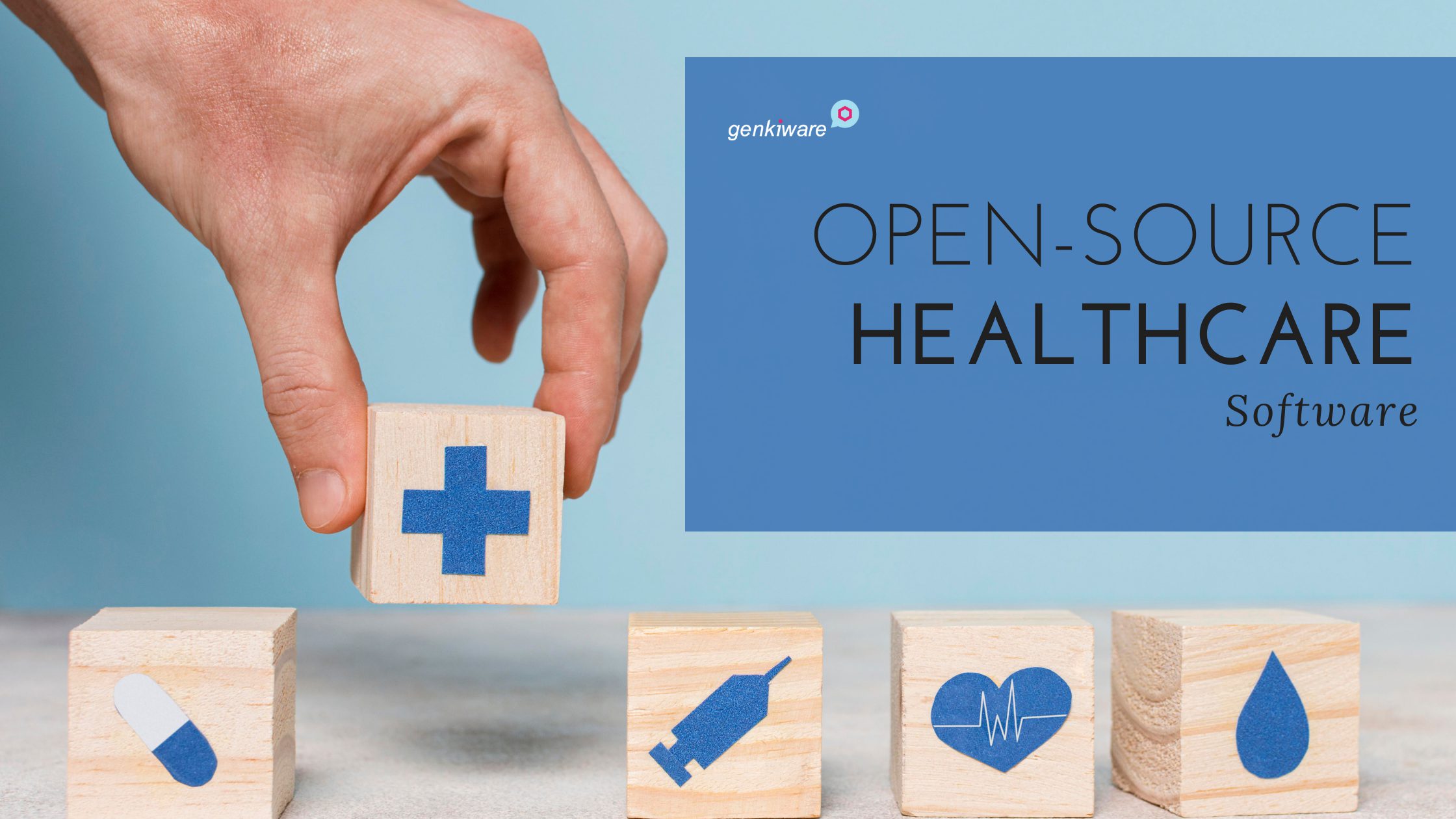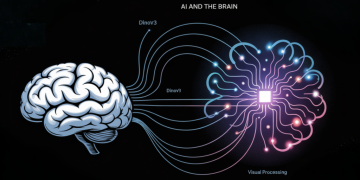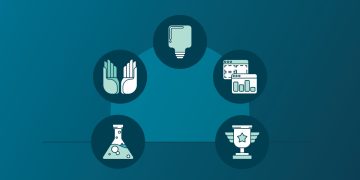Introduction
In recent years, the healthcare industry has seen a wave of technological innovation. From artificial intelligence (AI) and machine learning to blockchain and telemedicine, new technologies promise to revolutionize patient care, streamline operations, and improve outcomes. However, the pace of innovation is often hindered by challenges like siloed data, proprietary systems, and high entry barriers for smaller players. Enter open-source technology: a collaborative approach to development that allows anyone to access, modify, and share code. But can open-source really drive healthcare forward? In this article, we explore how open-source technologies are transforming healthcare, why they hold the potential to accelerate innovation, and the challenges they face in a traditionally closed and regulated industry.
The State of Innovation in Healthcare
Before diving into the specifics of open source, it’s essential to understand the current landscape of healthcare innovation. Healthcare is a complex ecosystem, consisting of a multitude of stakeholders: patients, doctors, hospitals, insurers, pharmaceutical companies, and regulatory bodies. This diversity often leads to fragmentation and inefficiency in the system. Despite the rise of new technologies, many healthcare innovations are slow to reach widespread adoption due to:
- Data silos: Patient data is often locked away in proprietary systems, making it difficult for different organizations to share information.
- Regulatory barriers: Healthcare is one of the most regulated industries globally, and regulatory hurdles can slow down the development and deployment of new technologies.
- High costs: The high cost of developing and scaling healthcare technologies can be a barrier for startups and small companies.
- Lack of interoperability: Many technologies, from electronic health records (EHRs) to diagnostic tools, are not built to work together, making integration across platforms challenging.
These challenges present a real opportunity for open-source solutions to address some of the most pressing problems in the healthcare sector.
The Rise of Open Source in Healthcare
Open-source software refers to software that is made freely available to the public, allowing anyone to use, modify, and distribute it. The open-source model has already proven its worth in many other industries, particularly in the tech sector, with platforms like Linux, Apache, and Python becoming essential tools for developers worldwide.
In healthcare, the open-source model is beginning to take hold. One of the key reasons is that open-source tools can help overcome some of the challenges mentioned earlier, such as data silos, interoperability, and high development costs. For example, open-source electronic health record systems, like OpenMRS and OpenEMR, are being adopted by healthcare providers in underserved regions because they are affordable and customizable.
Advantages of Open Source in Healthcare Innovation

1. Collaboration and Community Building
Open-source software thrives on community contributions. The more developers, researchers, and healthcare professionals that participate, the faster innovation happens. In healthcare, this collaborative approach can lead to more diverse perspectives and faster problem-solving. For instance, when a critical bug is discovered in an open-source EHR system, it can be fixed quickly by a developer anywhere in the world, reducing the time it takes to address issues in proprietary systems.
2. Transparency and Trust
Transparency is a core tenet of the open-source model. Anyone can inspect the code, suggest improvements, or even identify potential security vulnerabilities. This level of transparency is especially important in healthcare, where privacy and security are paramount. Open-source projects can offer higher levels of trust since the code is open for auditing and scrutiny, making it easier to ensure compliance with healthcare regulations like HIPAA in the U.S. or GDPR in Europe.
3. Lower Costs
Open-source software can dramatically reduce the cost of developing and deploying healthcare technologies. For cash-strapped healthcare organizations, especially in low-income or remote areas, the availability of free or low-cost open-source tools can be a game-changer. By eliminating expensive licensing fees, open-source software allows organizations to allocate resources elsewhere, such as in patient care or expanding services.
4. Interoperability
The healthcare ecosystem is notorious for its lack of interoperability. Systems that don’t communicate with each other result in fragmented care, delays in treatment, and potential medical errors. Open-source technologies, by their nature, are more adaptable and can be modified to work with other systems. For example, the OpenEHR standard is designed to provide an interoperable platform for electronic health records across different institutions and regions.
5. Innovation at Scale
The open-source model has the potential to drive rapid innovation. When a community of developers and health professionals can build on top of an existing framework, the speed of innovation can accelerate. Take, for example, the use of AI in healthcare. Open-source platforms like TensorFlow and PyTorch have enabled researchers to build and share machine learning models faster, leading to breakthroughs in areas such as diagnostics and drug discovery.
Case Studies in Open Source Healthcare Innovation
Several healthcare organizations and projects have already embraced the open-source model to drive innovation. Here are a few examples:
1. OpenMRS (Open Medical Record System)
OpenMRS is an open-source platform designed to improve healthcare delivery in resource-constrained settings. It provides an electronic medical record (EMR) system that can be customized to suit the needs of different healthcare organizations. OpenMRS has been adopted in more than 40 countries and has been instrumental in improving patient care in areas with limited access to technology. The system allows for better data collection, reporting, and management, all at a fraction of the cost of proprietary systems.
2. GNU Health

GNU Health is an open-source software platform that focuses on primary care, public health, and hospital management. It provides a comprehensive suite of tools for managing patient records, healthcare logistics, and epidemiological monitoring. GNU Health is used by governments and healthcare organizations worldwide, especially in regions with limited access to traditional healthcare systems.
3. OSF HealthCare and Open-Source AI
OSF HealthCare, a U.S.-based health system, has been experimenting with open-source AI technologies to improve patient care. By using open-source machine learning models, OSF has been able to create predictive models for patient outcomes, reducing hospital readmissions and improving treatment protocols. This collaboration between healthcare providers and the open-source community showcases the potential of AI-driven healthcare solutions.
The Role of Open Source in Digital Health and Telemedicine
Digital health and telemedicine have experienced massive growth, especially since the COVID-19 pandemic. Telemedicine platforms allow patients to consult with healthcare providers remotely, reducing the need for in-person visits and increasing access to care. However, many of these platforms are proprietary and suffer from the same interoperability and cost issues as other healthcare technologies.
Open-source solutions in telemedicine, such as OpenTeleHealth, provide a more affordable and customizable alternative to proprietary platforms. These systems are particularly beneficial in rural or underserved regions, where access to healthcare infrastructure is limited. By using open-source telemedicine platforms, healthcare providers can offer remote consultations, diagnostics, and follow-up care at a fraction of the cost of commercial systems.
Challenges and Barriers to Open-Source Healthcare Adoption
Despite its many advantages, open-source healthcare faces several challenges:
1. Lack of Funding and Support
While open-source projects are often supported by passionate communities, they may lack the financial resources and commercial backing that proprietary technologies enjoy. Many open-source projects rely on volunteers, grants, or donations to fund their development. This can make it difficult to sustain long-term development or scale the technology across large healthcare systems.
2. Regulatory and Compliance Issues
Healthcare is a heavily regulated industry, and open-source projects must navigate complex compliance requirements, such as HIPAA in the U.S. or the EU’s Medical Device Regulation (MDR). Ensuring that open-source software meets these stringent requirements can be challenging, especially for smaller projects that may not have the resources to conduct exhaustive testing and certification.
3. Adoption and Training
Many healthcare organizations are hesitant to adopt open-source software because of concerns about support, training, and integration with existing systems. Healthcare providers often lack the technical expertise to implement open-source solutions effectively. While some open-source projects offer support and training, these resources are typically less comprehensive than what is available with commercial products.
4. Security Concerns
While open-source software can offer greater transparency, it can also expose vulnerabilities. Malicious actors could potentially exploit weaknesses in the code if they are not quickly addressed by the community. In a healthcare setting, where sensitive patient data is at stake, security is a top priority. Open-source projects must be vigilant in addressing security flaws and ensuring that their software is robust enough to withstand potential threats.
Conclusion
Open-source technology has the potential to transform healthcare by fostering collaboration, increasing transparency, reducing costs, and improving interoperability. As the healthcare industry continues to evolve, open-source solutions will play an increasingly important role in driving innovation and improving patient care. However, for open-source to reach its full potential, there must be greater investment in funding, training, and security to ensure its sustainability and widespread adoption.
The journey toward an open-source-driven healthcare system is not without its challenges, but the rewards are clear: more accessible, efficient, and innovative care for all. By embracing the open-source model, the healthcare industry can unlock new opportunities for growth and collaboration, ultimately benefiting patients and providers alike.


















































Discussion about this post